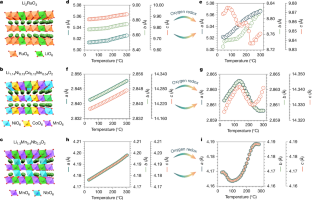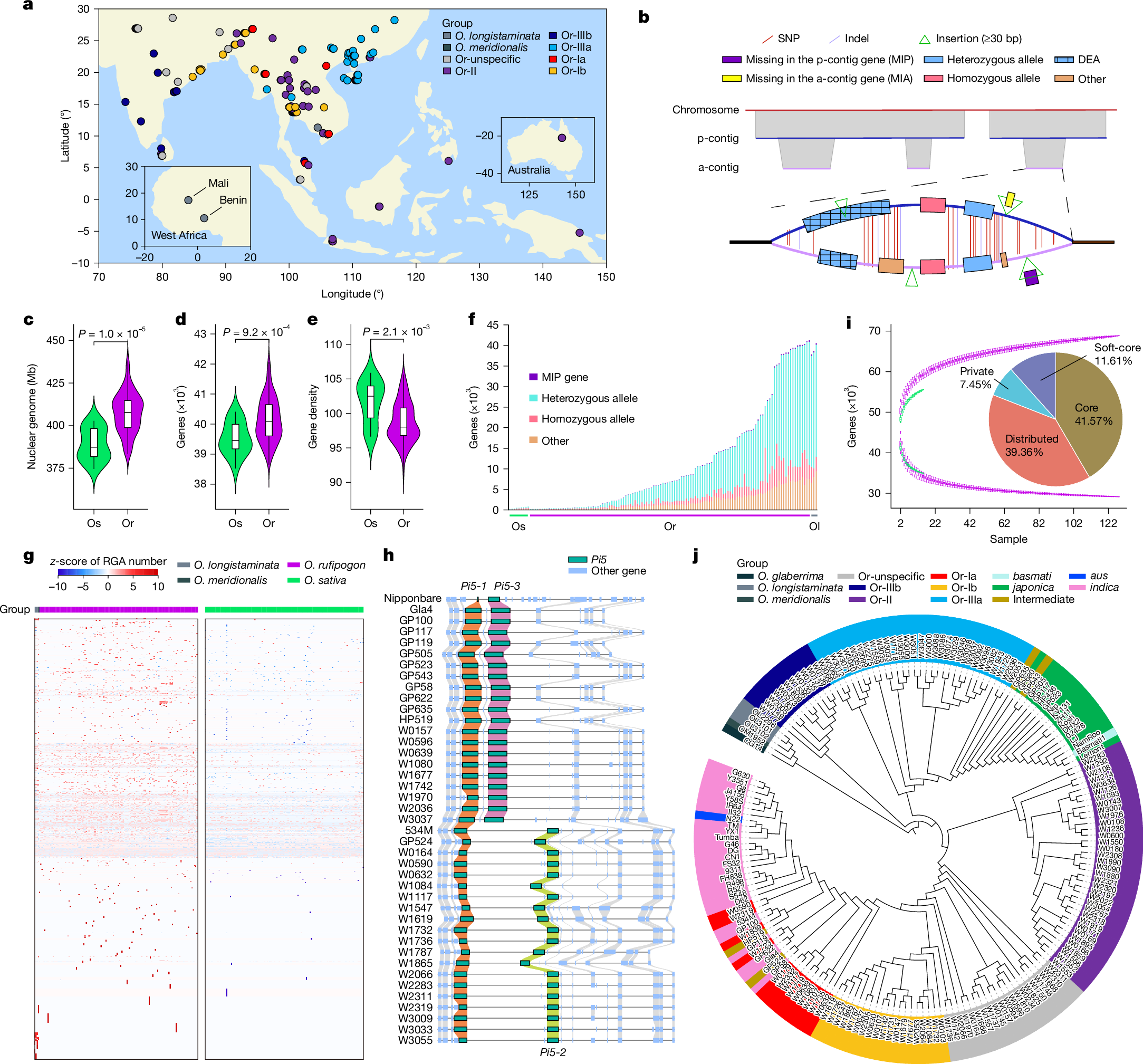2025-04-17 中国科学院(CAS)
<関連情報>
- https://english.cas.cn/newsroom/research_news/tech/202504/t20250414_1041213.shtml
- https://www.nature.com/articles/s41586-025-08765-x
負の熱膨張と酸素酸化還元電気化学 Negative thermal expansion and oxygen-redox electrochemistry
Bao Qiu,Yuhuan Zhou,Haoyan Liang,Minghao Zhang,Kexin Gu,Tao Zeng,Zhou Zhou,Wen Wen,Ping Miao,Lunhua He,Yinguo Xiao,Sven Burke,Zhaoping Liu & Ying Shirley Meng
Nature Published:16 April 2025
DOI:https://doi.org/10.1038/s41586-025-08765-x

Abstract
Structural disorder within materials gives rise to fascinating phenomena, attributed to the intricate interplay of their thermodynamic and electrochemical properties1,2. Oxygen-redox (OR) electrochemistry offers a breakthrough in capacity limits, while inducing structural disorder with reduced electrochemical reversibility3,4,5. The conventional explanation for the thermal expansion of solids relies on the Grüneisen relationship, linking the expansion coefficient to the anharmonicity of the crystal lattice6. However, this paradigm may not be applicable to OR materials due to the unexplored dynamic disorder–order transition in such systems7,8. Here we reveal the presence of negative thermal expansion with a large coefficient value of −14.4(2) × 10−6 °C−1 in OR active materials, attributing this to thermally driven disorder–order transitions. The modulation of OR behaviour not only enables precise control over the thermal expansion coefficient of materials, but also establishes a pragmatic framework for the design of functional materials with zero thermal expansion. Furthermore, we demonstrate that the reinstatement of structural disorder within the material can also be accomplished through the electrochemical driving force. By adjusting the cut-off voltages, evaluation of the discharge voltage change indicates a potential for nearly 100% structure recovery. This finding offers a pathway for restoring OR active materials to their pristine state through operando electrochemical processes, presenting a new mitigation strategy to address the persistent challenge of voltage decay.



